What is Magnesium Alloy?
Magnesium alloy is the lightest material among other metals. It has a high strength-to-weight ratio, which makes it suitable for use in aerospace, automotive, and electronics applications. The common magnesium alloy products include housing, brackets, and structural components.
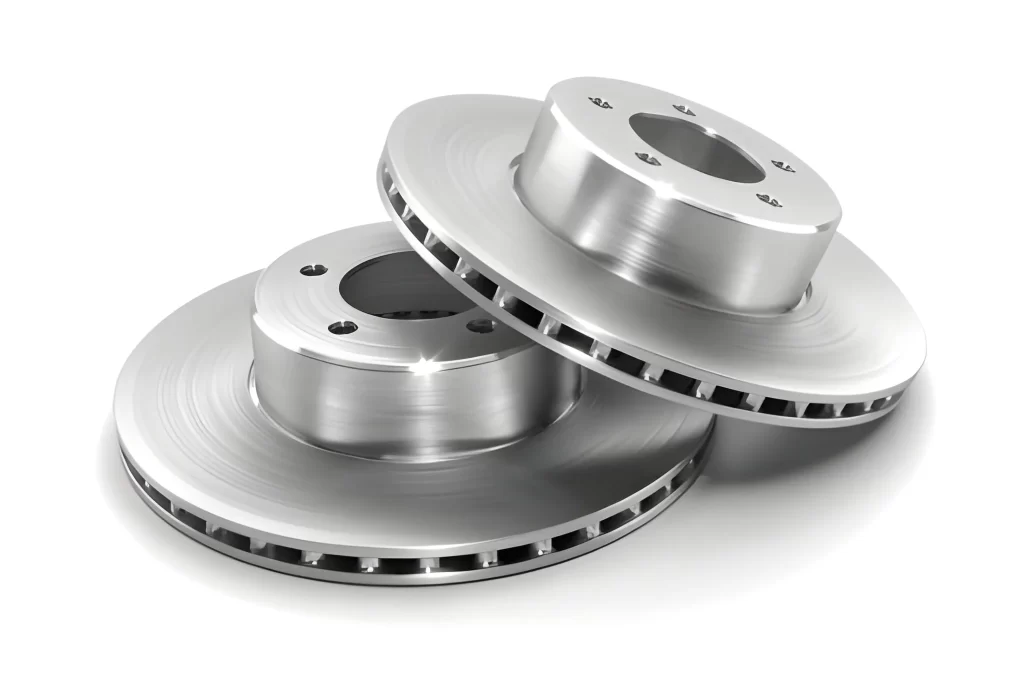
Magnesium Car Braking Disk Pair
However, Mg machining needs special care and expertise. Its soft nature means it can deform easily. Even fine magnesium chips are flammable. Therefore, you must use sharp tools, operate at controlled speeds, maintain proper cooling, and manage dust effectively to ensure safe and precise operations.
At Prolean, we help engineers and manufacturers get it right. From selecting the appropriate machining magnesium alloy grade to optimizing cutting techniques, our team allows you to produce accurate, durable parts ready for assembly at an affordable cost.
Comparison of Magnesium Alloy with CNC Machining Materials
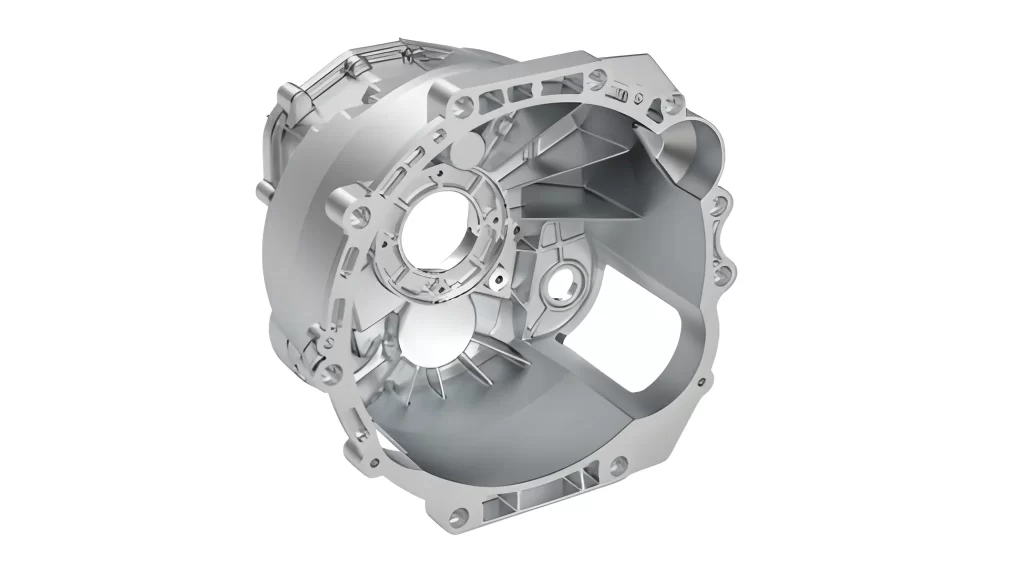
Magnesium Gearbox
Table 1: Comparative Properties of Magnesium alloy and Other Common Engineering Metals
| Property | Steel | Titanium | Aluminum | Copper | Magnesium |
| Melting Point (°C) | 1,370 – 1,540 | 1,668 | 660 | 1,085 | 650 |
| Density (g/cm³) | 7.85 | 4.51 | 2.70 | 8.96 | 1.74 |
| Strength and Hardness | Moderate to High | High | Low | Moderate | High |
| Thermal Conductivity | Moderate | Moderate | Good | Very High | Excellent |
| Electrical Conductivity | Moderate | Moderate | Excellent | Excellent | Good |
| Thermal Expansion | Moderate | Low | High | Moderate | Low |
| Corrosion Resistance | Moderate | High | Moderate | Moderate | Low to Moderate |
Related To: Materials for Automotive Parts
What are the Risks Associated with Machining Magnesium Alloy?

Magnesium Ore
Using magnesium alloy in machining demands care. It acts differently from both steel and aluminum, and ignoring all safety precautions may result in either quality or safety concerns.
Risk of Fire
Ignition of magnesium alloy causes dust and small chips. A small spark or heat build-up caused by cutting can ignite a fire. Always use fire-resistant equipment and keep the working area clean.
More Rapid Wearing of Tools
Although magnesium alloy is soft, its surface oxides cause rapid tool wear. Keeping track of the frequency of tool inspections and replacing them as needed maintains production efficiency.
Heat Concentration
Magnesium alloy does not have good heat dissipation properties. Machining generates excessive heat along the edge of the cutting tool. This may cause deformation and cracking of parts and rapid tool failure. Lower speed operation and the application of adequate cooling can eliminate or minimize the problems mentioned above. (Also give a read to: micro-arc oxidation for magnesium)
Surface Quality Challenges
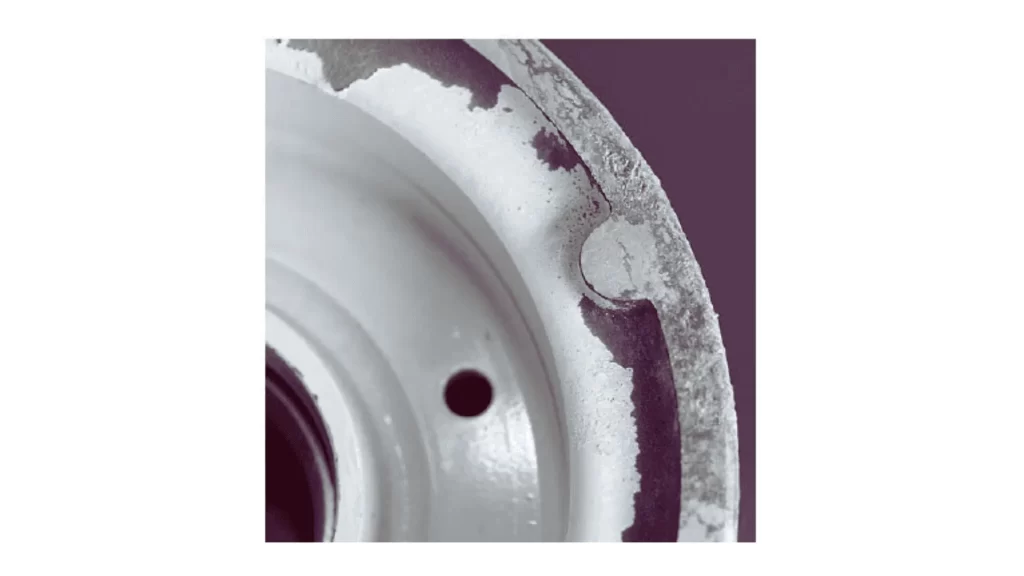
Corrosion Damage In Magnesium
Burring and slight distortion occur frequently during the machining of magnesium. For obtaining smooth, accurate surfaces, use the appropriate tool shape, feed rate, and finishing process.
Try Prolean Now!
What Makes Magnesium Alloy Suitable for CNC Machining Applications

Magnesium Alloy Machining
Magnesium alloy is a lightweight metal and offers high machineability. You can create precise, durable parts using magnesium; however, it requires specific handling requirements. It is commonly used for complex components within the aerospace, automotive, and electronics industries.
Excellent Machinability
Magnesium alloys can be easily cut and shaped using precision machining techniques. Less force is required to machine it than is required when machining steel or aluminum. Reduced force required for machining means reduced tool wear, resulting in quicker machining times and tighter tolerances being maintained.
Complex Part Designs
Due to its soft nature, magnesium alloys offer considerable flexibility in creating complex geometries with multi-axis CNC machining. Due to this flexibility, engineers can design components with complex geometries to meet specific engineering requirements.
Lightweight and Strong
Magnesium alloy offers a superior strength-to-weight ratio compared to other materials. Components made from it remain strong yet significantly lighter than their equivalent steel counterparts. Lighter component weights are beneficial to aerospace and automotive manufacturers seeking to increase operational efficiency.
Recyclable Material
Scrap magnesium alloy generated from CNC machining operations can be recycled. Eco-friendly, recyclable magnesium alloys support environmentally responsible manufacturing practices. Recycling magnesium alloy also decreases the cost associated with raw materials for manufacturers producing large quantities.
Tool Types for Magnesium Alloy CNC Machining
Machining magnesium alloys requires selecting the right tools. The use of sharp, powerful tools minimizes the risk of fire, reduces the heat generated during machining, and improves the surface finish of magnesium parts. Additionally, the proper tool increases tool life and supports consistent product quality.
High-Speed Steel Tools
High-speed steel cutters are strong and economical. HSS cutters are suitable for small to medium volume production runs. Clean cuts are produced by HSS cutters while heat generation is controlled.
Solid Carbide Tools
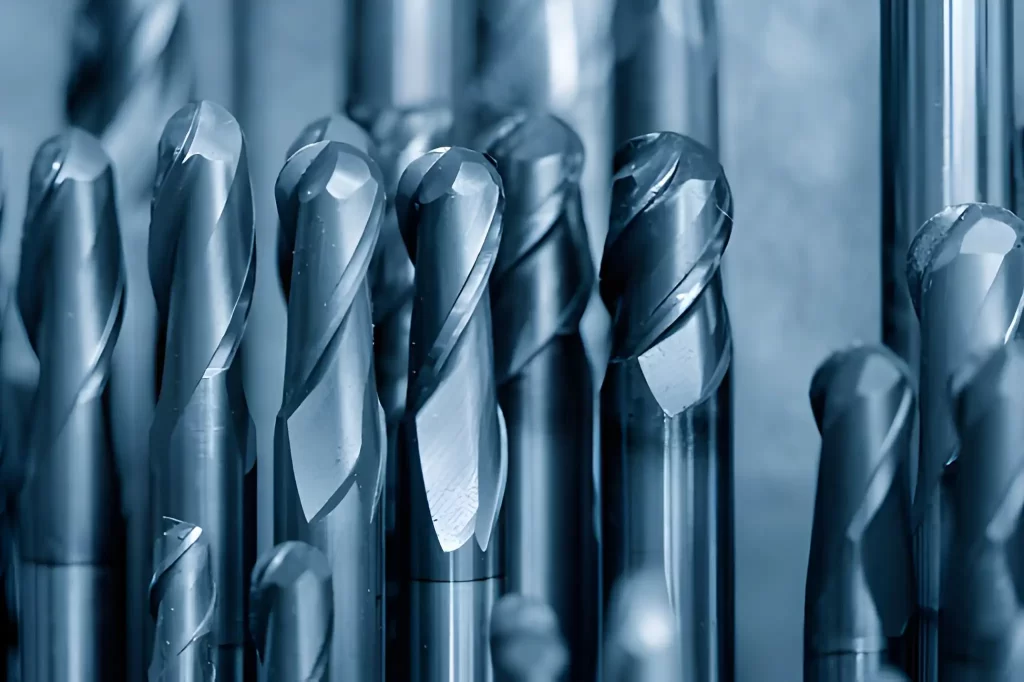
Solid Carbide Tools
Solid carbide cutters can withstand high-speed machining and abrasion. Carbide cutters remain accurate over long periods of time. Solid carbide cutters are ideal for achieving quality products and minimizing the need for frequent tool replacement.
Coated Carbide Tools

Coated Carbide Tools
Carbide cutters coated with titanium nitride or titanium aluminum nitride can extend their lifespan and prevent debris from building up on the cutting tool edge. These coatings help maintain tool stability in extreme heat conditions and enhance the surface quality of magnesium alloy parts.
Polycrystalline Diamond (PCD) Cutters
Polycrystalline Carbide Drill Bit
Polycrystalline diamond cutters are tough and deliver smooth surface finishes. PCD cutters are ideal for machining abrasive magnesium alloys and producing high-precision parts. PCD cutters maintain accuracy and decrease downtime.
Try Prolean Now!
Safety Tips for Machining Magnesium Alloy
CNC magnesium machining is a safe process when managed correctly. Following proper safety protocols will protect the operator and the workpiece and help you obtain the right cuts and outcomes.
Keep Tools Sharp and Properly Maintained
Sharp tools can reduce heat generation and minimize the sparks produced, which may ignite magnesium chips. Carbide-tipped tools retain their hardness at elevated temperatures and are safer for extended machining times. Regularly check and maintain the sharpness of tools to ensure consistent performance.
Avoid Tight Clearance Angles
Close clearance angles produce long, straight chips that can wrap around the cutting tool. These generate additional heat and potential ignition sources. A moderate clearance angle can break chips into shorter lengths and also avoid hazards during machining.
Create Short, Broken Chips
Modify your CNC program to produce discontinuous chips. Shorter chips dissipate heat faster and lower the risk of ignition. Adjust back rake angle, feed rate, and spindle speed to make effective control of chip length.
Use Mineral Oil Coolants, Not Water
Water-based coolants react with magnesium, generating hydrogen gas, which is highly flammable. Utilize mineral oil-based coolants to manage heat, preserve surface finish, and minimize the risk of fire.
Remove Chips with Explosion-Proof Equipment
Broken chips are still combustible. Utilize explosion-proof vacuum systems or extraction systems to collect chips and dust from the machining area safely.
Know How to Handle Fires
Do not utilize water to extinguish magnesium fires. Use a Class-D fire extinguisher or dry sand for small sparks. Immediate response with the proper tools will prevent damage and protect the workplace.
Machining Magnesium Alloy Safety Guidelines
| Risk Type | Details |
| Fire Risk | Magnesium catches fire easily when exposed to heat and sparks. |
| Explosion Risk | Magnesium dust/powder can cause explosions if ignited. |
| Water Reaction | Water reacts with burning magnesium and releases flammable gas. |
| Storage Risk | Storing in damp or hot areas increases fire danger. |
| Handling Risk | Improper handling can cause sparks or material ignition. |
| Health Risk | Breathing fumes or dust can irritate lungs and cause illness. |
Techniques We Employ at Our In-house Factory for Machining Magnesium Alloy
Precision machining of magnesium using CNC machines enables the creation of numerous industrial components. Ensuring precision, safety, and a high-quality finish is accomplished by utilizing the proper technique.
Magnesium CNC Drilling
CNC drilling utilizes rotating drill bits to make precise holes in magnesium parts. CNC drilling accurately positions and drills holes to the desired depths and hole patterns.
Magnesium CNC Milling
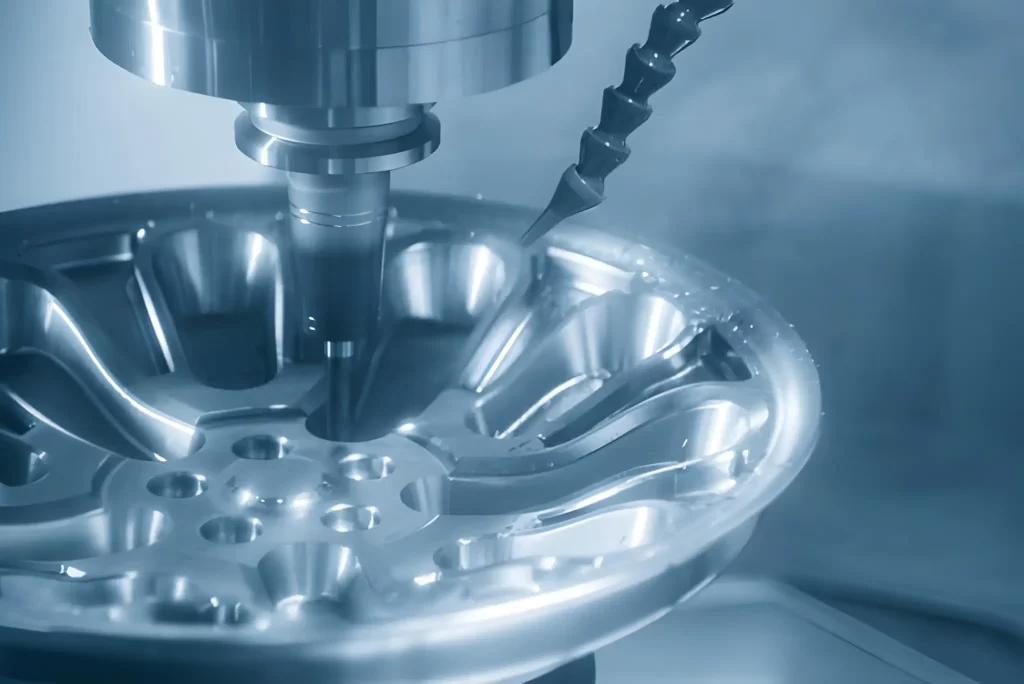
Magnesium CNC Milling
CNC milling employs a spinning cutter to remove material and develop complex shapes. It effectively creates both simple and complex geometric features. Smooth surfaces, controlled heat, and minimal tool wear are created through the use of CNC milling to machine magnesium.
Magnesium CNC Turning

Magnesium Turned Machined Part
CNC turning rotates a magnesium workpiece and removes material with a cutting tool to develop cylindrical parts such as shafts, pins, and threaded rods. Precise and repeatable dimensions and tolerances are developed through CNC turning of magnesium.
Magnesium Laser Cutting (Special Considerations)
Laser cutting utilizes a focused laser beam to make precise cuts in magnesium sheet material. It’s a fast and accurate process, making it suitable for thin, complex, or detailed parts. Proper safety procedures must be followed to eliminate the potential for fire hazards during the laser cutting process.
Tapping
Tapping creates internal threads in magnesium components. CNC tapping is used to automate the tapping process, creating accurate thread pitches and depths. Accurate thread development ensures components assemble correctly and maintain structural integrity.
Related To: Magnesium Die Casting
Choose Prolean Tech for Your Magnesium Metal Machining Services
Magnesium machining requires more than just precision tools. It requires experience, control, and understanding of how the metal behaves under heat and pressure. At Prolean Tech, we handle this process with care from start to finish. Our engineers meticulously plan each step to maintain tight tolerances and prevent warping or cracking during the machining process.
We use advanced CNC machines equipped with stable spindles and flood cooling systems to maintain accuracy on every cut. Each setup is adjusted based on the material grade and final application, whether it’s an aerospace heat shield or a semiconductor contact plate. Our in-house inspection ensures every part meets design and performance requirements.
We don’t just machine magnesium; we fine-tune the process for every batch to achieve reliable results. From prototype to production, our focus remains on attaining neat finishes, dimensional accuracy, and surface stability – exactly what high-performance industries expect from critical components.

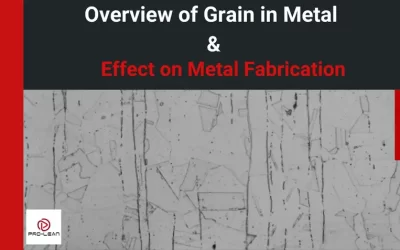


0 Comments